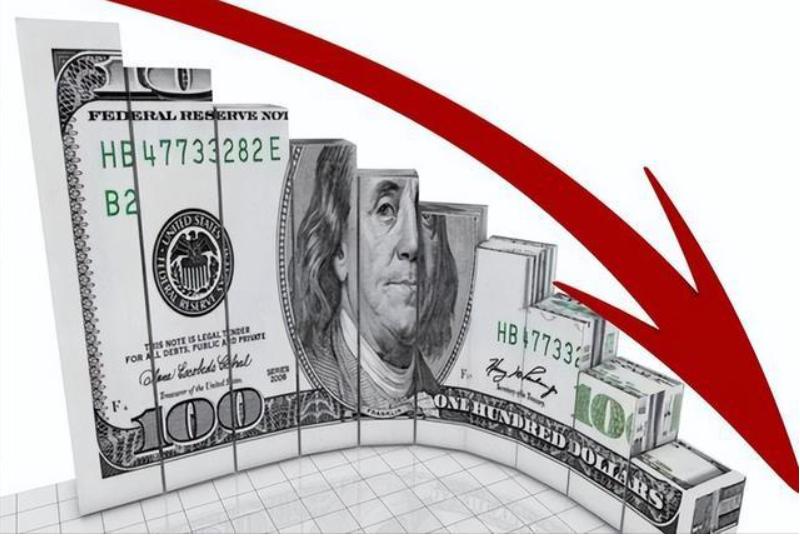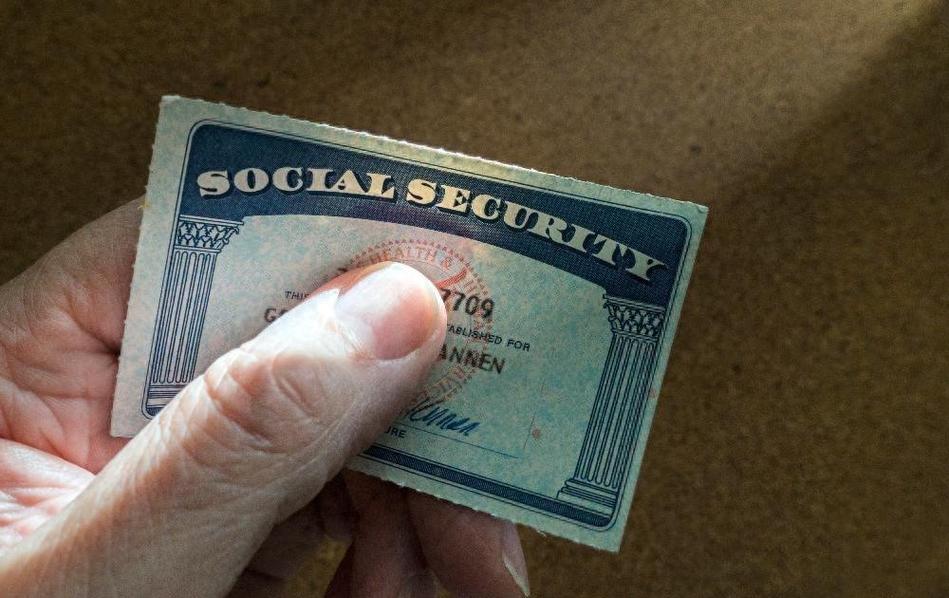
In just two months, the U.S. GDP growth rate has fallen in an avalanche. At the beginning of May, the Atlanta Fed's forecast was as high as 4.2%, but has since been revised downward, with the latest estimate now showing growth of just 1.7% in the second quarter. At the same time, from the June non-farm report released by the Department of Labor, we can see that because the US non-farm employment data in April was significantly lower than expected, the market's expectation of the Federal Reserve's interest rate cut was renewed, the job market began to cool down, and the expected time for the first interest rate cut was advanced from November to September. The data reflects a slowdown in job growth, which means the economy is cooling. Economist Scott Anderson also predicts that underlying risk factors could lead to US GDP growth remaining at a low 1.6% annualized rate in the second quarter and in a range of 1% to 1.5% in the second half of the year. The forecast echoes a cooling trend in the labor market.
The cliff-like decline in US GDP reflects that the US economy will face severe challenges and more deep-seated problems in the short term, and the reasons for this phenomenon are diversified. First of all, as one of the world's largest consumer markets, the United States has long been an important driving force for economic growth. However, in the first quarter of 2024, the cooling of the US consumer market became a significant sign of the economic slowdown. The slowdown in economic growth has inhibited the vitality of the consumer market, and the continuous decline in retail sales data even once touched the warning line of zero growth, which directly reflects the weakness of the consumer market. The continuous rise of prices and the slow growth of income lead to a decline in the consumption power of American residents. Under the dual pressure of slow income growth and high inflation, consumers' purchasing power will be weakened, leading to a decline in retail sales and insufficient consumer demand. The savings rate will also reach the previous level in recent years, which further inhibits consumer spending.
Secondly, inflation and the widening gap between the rich and the poor have become important obstacles to the economic development of the United States. The United States is faced with high inflation pressure, which erodes consumers' purchasing power, increases production costs, and shrinks market demand, posing a great threat to stable economic growth. The widening gap between the rich and the poor has led to increasingly prominent social inequality. It has affected the overall health and sustainable development of the economy. At the same time, under the double pressure of high inflation and high interest rate, the interest rate of US Treasury bonds continues to rise, and the interest expense of Treasury bonds also skyrocketed. As of May 2024, the United States' total debt has reached $34.5 trillion, equivalent to 120% of its economy. In order to finance the fiscal deficit, the United States has to issue more Treasury bonds, which further exacerbates the debt accumulation. This further increases fiscal pressure and limits the government's ability to stimulate the economy.
In addition, the US Treasury and the Federal Reserve hold different views on the problem of dealing with high inflation and economic slowdown, Treasury Secretary Janet Yellen prefers to cut interest rates to stimulate economic growth and reduce interest payments on national debt; Fed Chairman Jerome Powell, on the other hand, has insisted on raising rates to curb high inflation. Such policy divergence makes it difficult to form synergy in addressing economic challenges and increases economic uncertainty and risks.
The US government has also tried to restore the glory of domestic manufacturing and boost the economy by raising tariff barriers, but this strategy has not worked as expected. In the future, whether the US economy can achieve stable recovery and sustained growth will depend on a combination of factors, including policy adjustments, market demand recovery, and inflation control.

The data from multiple public opinion polls conducted in December 2025 depict the collective anxiety of American society: over 75% of adult citizens are concerned about the sustainability of the social security system, 43% express "extreme concern", and 30% of respondents believe that social security benefits may completely disappear before they retire.
The data from multiple public opinion polls conducted in De…
When the London spot silver price surged by over 137% withi…
Recently, the technology industry has been stirred again by…
According to the Financial Times, the combined market capit…
Recently, Japanese Prime Minister Sanae Takaichi announced …
In the bitter winter at the end of 2025, the smoke of the R…